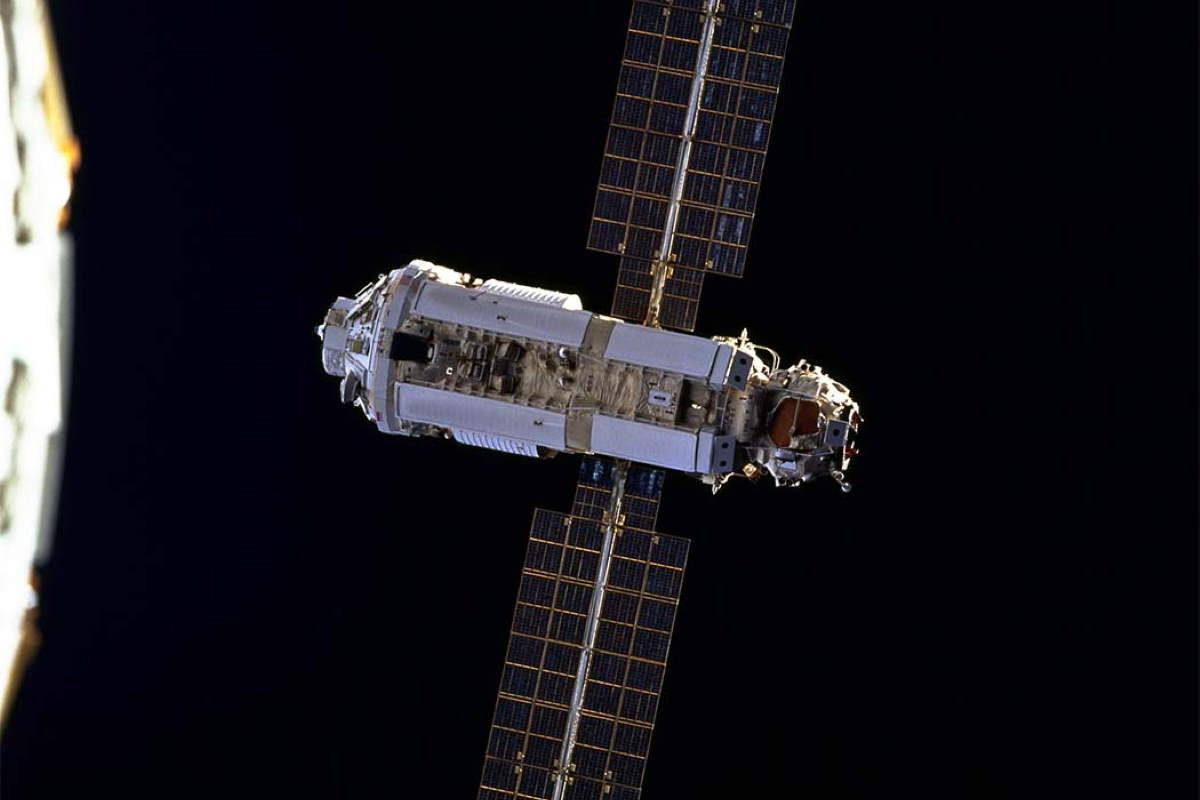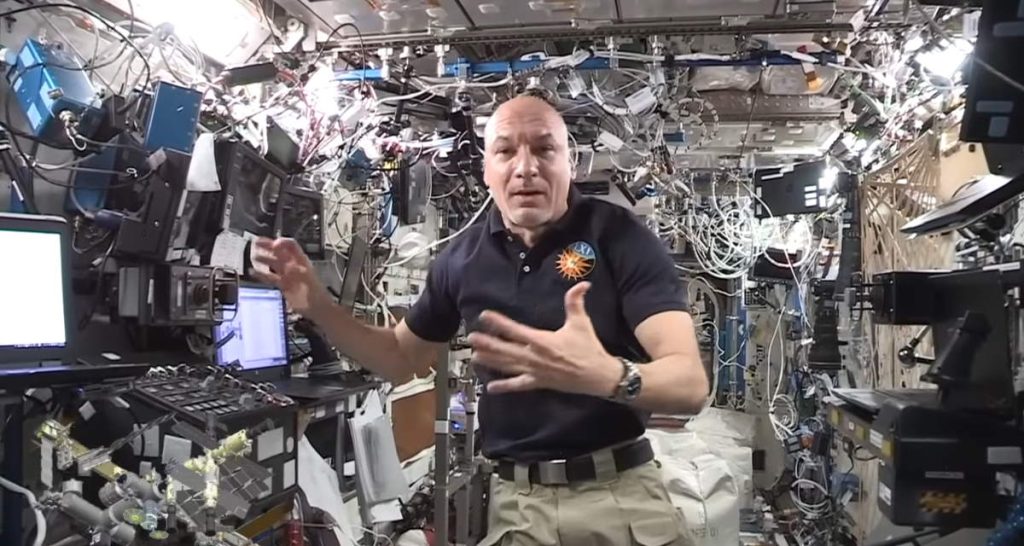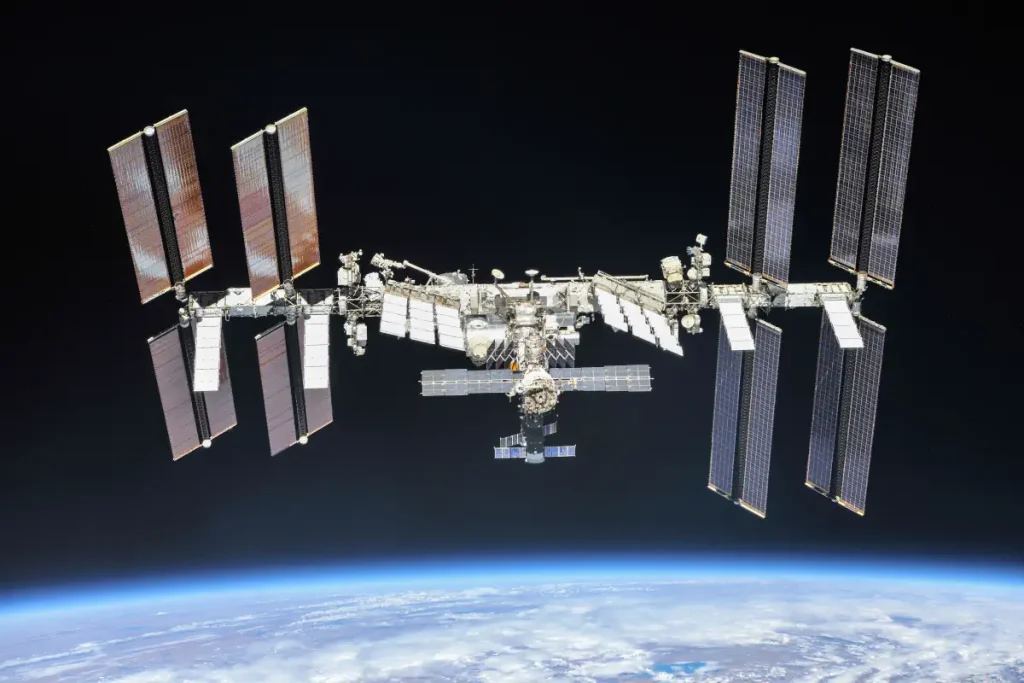On November 20, 1998, the first element of the International Space Station, the Russian module Zarya (which means “Sunrise” in Russian) was launched into space on top of a Proton rocket. It was the first step towards more than two decades of international cooperation, scientific research, and discovery.
The launch of Zarya module signified the dawn of a new era of international cooperation in space, hence the name, “the sunrise”. Although it was built by a Russian company, it is owned by the United States.
November 20 story of what happened this day in Science, Technology, Astronomy, and Space Exploration history.
Zarya, “The Sunrise”, the beginning of the International Space Station
The launch of the Zarya module, “The Sunshine”, marks the beginning of the International Space Station. The station means the continuous human presence in space, so the lunch also marks the beginning of that era.
NASA’s International Space Station Status Report #98-3 reads:
Under overcast skies from a launch pad not far from where Yuri Gagarin became the first human to be launched into space, a spacecraft named Zarya, the Russian word for sunrise, rocketed into orbit today to usher in the era of the International Space Station.
Enclosed in the nose fairing of a Russian Proton rocket, the Zarya Control Module lifted off at 11:40 a.m. local time (1:40 a.m.EST, 9:40 a.m. Moscow time) from the Baikonur Cosmodrome on the steppes of the Asian nation of Kazakstan, the first component of an international complex involving five Partner agencies and more than a dozen nations.
The launch was viewed in person by NASA Administrator Daniel Goldin, Russian Space Agency General Director Yuri Koptev, and other heads of the Partner agencies along with a host of station program officials.
After a flawless countdown, the 180-foot (55-meter) long Proton rocket thundered away on a trajectory carrying the Zarya to an initial orbit of about 220 statute miles by 115 statute miles (354 km by 185 km). A little less than 10 minutes after launch, the Proton’s third stage separated from Zarya, triggering a sequence of pre-programmed commands to deploy critical communications and rendezvous antennas.
Three minutes later, Zarya’s large solar arrays unfurled, enabling the module to convert sunlight into electricity through a wingspan of 80 feet (24 meters). Zarya’s docking probe was also extended for its linkup to the Russian Service Module following that component’s launch next summer.
A little more than three hours after launch, computer commands were successfully sent to Zarya by Russian flight controllers to place the module in an orientation that will provide even heating on the spacecraft.
The historic first day’s other key activities included a successful test of the solar arrays’ ability to articulate or follow the sun as the first module of the International Space Station travels around the Earth.

Russian and American flight controllers at the Russian Mission Control Center outside Moscow and U.S. controllers at the International Space Station Flight Control Room at the Johnson Space Center in Houston were on the console for the historic launch and are now following the activation of Zarya’s systems. They [would] be involved in the round-the-clock monitoring of space station systems for the lifetime of the new facility.
Zarya’s successful launch set the stage for the launch of the Space Shuttle Endeavour on December 3 on the STS-88 mission to carry the next component of the new station to orbit — the Unity connecting hub, or node. Zarya will be grappled by astronaut Nancy Currie, who will use Endeavour’s robot arm to capture the Control Module for its mating to Unity, which [would] be housed in the Shuttle’s cargo bay.
The Zarya, also known as the Functional Cargo Block (FGB) provided electrical power, storage, propulsion, and guidance to the ISS during the initial stage of assembly.
The module was built by the Khrunichev State Research and Production Space Center, which is also known as KhSC, in Moscow under a subcontract to The Boeing Company for NASA.
Zarya has a mass of 19,323 kilograms (42,600 lb), is 12.56 meters (41.2 feet) long, and 4.11 meters (13.5 feet) wide at its widest point. The module has three docking ports.
Video: The launch of the first International Space Station module (Zarya)
Inside Zarya (video)
Sources
- “International Space Station Status Report #98-3” on the NASA website
- “The International Space Station Begins: Part 1” on the NASA website
- Zarya (International Space Station module) on Wikipedia
- Zarya cargo module on the NASA website
- Moon Landings: All-Time List [1966-2025] - February 2, 2025
- What Is Max-Q and Why Is It Important During Rocket Launches? - January 16, 2025
- Top 10 Tallest Rockets Ever Launched [2025 Update] - January 16, 2025


